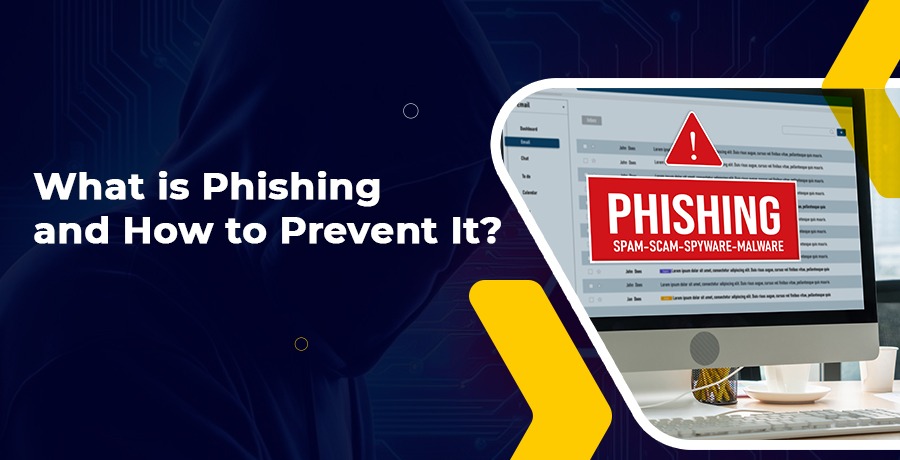The connectivity of the modern era has increased the chances of phishing attacks, an online scam made for stealing and exploiting the personal information of users. It is one of the most devastating attacks and much harder to spot any suspected victims. Phishing attacks are now the newer version of manipulating the user and getting unauthorised access to sensitive information like bank info, social security numbers, and much more. Most of the time phishing attackers are left behind the voice you trust like a coworker, any bank employee, or even the government.
Across the web, Phishing attacks are becoming more vulnerable as it is a new and complicated version of getting unauthorised access to sensitive information. Delving into the article you’ll get to know what exactly is and what are the effective steps to prevent it.
What is Phishing?
Phishing is a complex procedure that gives a scammer access to sensitive information, or access to your device. Addressing the most common procedure of phishing attacks, it acts like an authorised person of an organisation you trust. Once the scammers successfully establish trust between the users their works get easy and they can easily inject the infected malware to steal important information like credit card information, bank information, etc. In other words, they simply bait the users to trust and get the valuable information in their hands. The information can be any form like social media accounts, login information, and some other identity.
The phishing attacks are also done through the infected link or an attachment having an urge to open or fill out a form with personal info. However, to safeguard communication and sensitive information, it is mandatory to know several steps through which several phishing attacks can be avoided.
Ways to Protect Your Information From Phishing
To be very clear and concise, protection from internet exploitation starts with the mindset and behaviour of the users. Users must be aware of the potential cyber threats happening around the internet. It usually tricks the users of all sorts of information starting from email, account information, and corporate data.
However, phishing attacks are almost difficult to detect due to the increasing complexity but a few simple steps can reduce the chances of getting victim to a scammer.
Deploy Common Sense Before Handling Sensitive Information: All user must use their common sense before proceeding on any alert from the bank or major institution. Avoid clicking on suspicious emails or links. To visit any link just type the link URL, to check the authenticity of the link address.
Avoid Alarming Messages: It is one of the most common techniques used by scammers to request sensitive information or account details. But it should be known that no reputable companies ask for personal information. To deal with these types of attacks, immediately delete the messages and at the same time confirm with the company.
Conclusion
Most Phishing attacks operate on the assumption of creating panic among the victims which usually end up with giving personal information to the hacker. The security systems are compromised by the scammer, leading to fraudulent charges. If you want to know more about Phishing attacks must visit IICSEH, the best Cyber Security Institute in Delhi, offers a great learning experience and hands-on experience on how phishing attacks are being planned and various ways to mitigate them.








